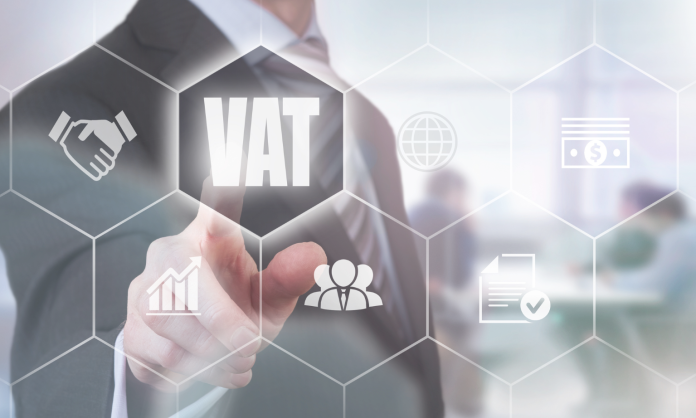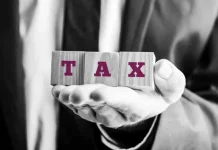Value-added tax (VAT) applies to any UK or overseas-based businesses trading goods or services, as well as businesses supplying these in the UK. For the 2022/23 tax year, most goods and services are charged with the standard VAT rate of 20 per cent. A reduced rate of 5 per cent applies to others, such as home energy and car seats for children. Zero rate applies to most food products and children clothing, amongst others.
VAT exemptions apply to some, such as property and financial transactions and postage stamps. And whilst businesses are only required to register for VAT when they reached a certain threshold, many firms voluntarily apply for it knowing its various advantages.
This article will let you know about the benefits of registering for VAT, who needs to register for it, the different types of VAT schemes you can choose from during the application process, and which scheme to choose amongst them that best fits your business.
Why Register for VAT
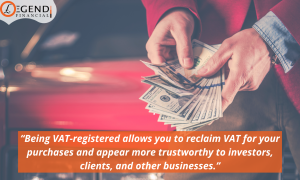
One of the most appealing benefits, when you register for VAT, is the opportunity to reclaim it on your purchases, whether goods or services. The tax charged to you for purchasing is input tax. VAT is the output tax you charge. When your output is lower than your input, you can reclaim the amount you pay for the input tax.
Having registered for VAT will be beneficial to your business, especially when you buy expensive and heavy equipment. Furthermore, when you increase the costs of your products, your cash inflow will improve too. With that, investors, clients, buyers, and others will want to work with you too. Businesses usually partner with their VAT-registered counterparts.
Being VAT-registered will indeed help you create a good impression on your business, paving the way for more professional connections and making your business appear more credible and trustworthy. All these helps you achieve your trading goals.
Who Should Register for VAT
VAT registration is required when your business’s annual turnover exceeds the VAT threshold of £85,000 or when you expect to reach more than this amount over the next 30 days. For any amount less than this, you can opt out of registering for VAT, although you can do a voluntary registration.
The threshold for VAT also applies to overseas matters. If your business is based outside the country or if you, as the owner, are based overseas, you are also required to register for VAT. The same rule applies to overseas businesses supplying UK partners or clients with goods or services.
Types of VAT Schemes and Tips on Choosing
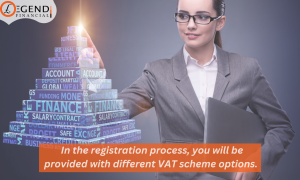
In the registration process, you will be provided with different VAT scheme options. Whether your annual turnover obliges you to register for VAT or you want to apply voluntarily, even without the anticipation that your income will exceed the threshold, below is your guide to choosing the right scheme that will work best for your business.
Standard VAT Scheme
This is the default scheme applied to your status when it is your first time registering for VAT. The standard VAT scheme is extremely simple and straightforward, in which the VAT bill is worked out by subtracting VAT-invoiced sales from VAT-invoiced purchases (output tax). When the calculation results are low, you can claim a refund from the HMRC, whilst if the total amount is high, you will pay HMRC with this amount.
The advantage of this scheme is it allows you to be more flexible and have greater control over your cash flow between quarters. For instance, if your purchases for business’ purposes are low, and you earned a lot in that quarter, you can report some of your sales invoices to the next quarter so you can put off your VAT bills to the next, when you may be able to make more purchases.
Under this scheme, you can have another method of calculating VAT—cash accounting VAT scheme. Through this method, you work out VAT at the time you receive sales invoice payments and pay your purchase invoices.
The main advantage of this scheme is that you only pay VAT for every payment you receive, so if, for instance, your customer pays late, you don’t have to include the upcoming payment when working out your VAT. Just as the standard VAT scheme, you pay quarterly. You can use either of these two, but make sure you stick to one method throughout.
VAT Annual Accounting Scheme
With this scheme, you will only submit a VAT return once every year instead of quarterly. You can choose to pay instalments for 9 months at 10 per cent or 3 months at 25 per cent—of your bill for the previous year or estimate of the first year. Any remaining balance after the instalments, you will have to pay completely 2 months after the end of the accounting year as well as submit your VAT return.
If your business’ turnover is less than £1.35 million for the next 12 months, you will be eligible for the VAT annual accounting scheme and will stop being qualified for it when your annual profits reach £1.6 million. This scheme provides great benefits to small businesses with its fewer paperwork requirements and the opportunity to determine payments in advance, which they can then spread monthly all throughout the year.
VAT Flat Rate Scheme
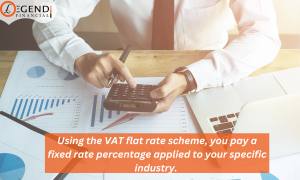
Using the VAT flat rate scheme, you pay a fixed rate percentage applied to your specific industry. On the first year that you are VAT-registered, HMRC will provide you with 1 per cent flat rate discount. Limited cost businesses, which spend less on goods and services and have a lower VAT bill, are imposed with a fixed 16.5 per cent flat rate.
You will be qualified for VAT flat rate scheme when your annual turnover is less than £150,000. This scheme may have a higher tax rate than other schemes, but it makes your bookkeeping tasks easier, from making VAT returns to payments.
When it comes to settling your taxes, it’s best to work with a tax expert. Legend Financial is here to help you settle your business’ VAT matters. Reach us today!


